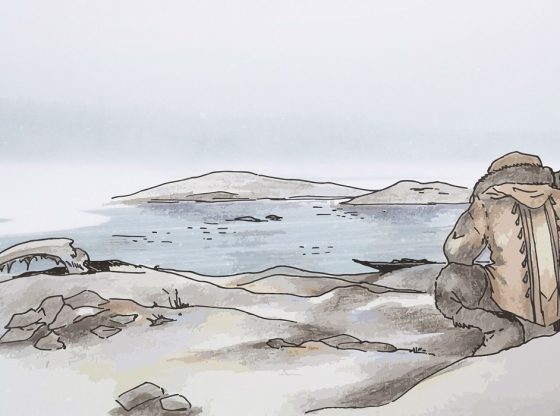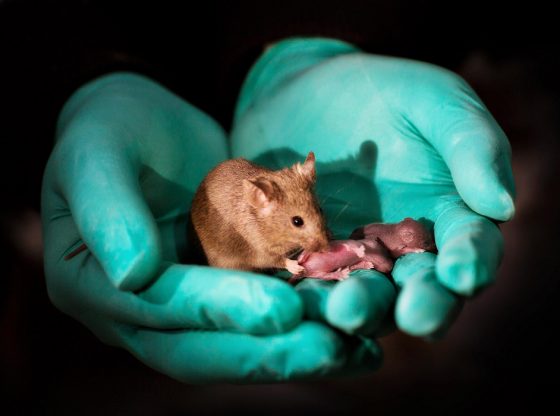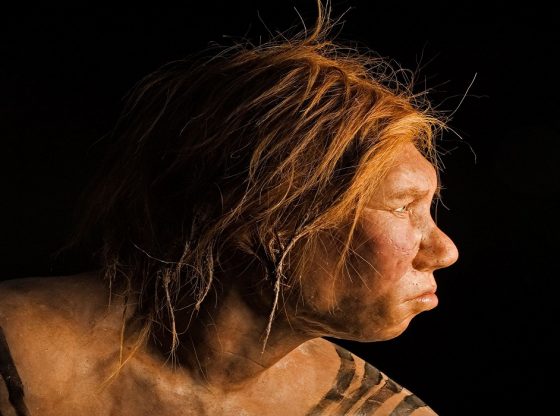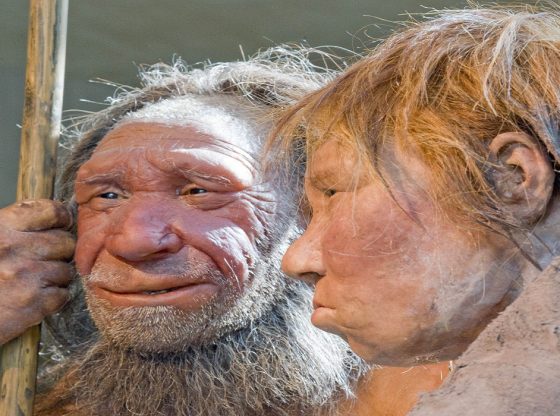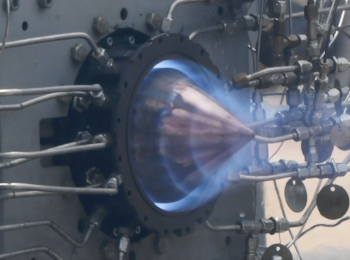
It is well established that we humans have DNA fragments from Neanderthals. Research have established that we mixed genes with Neanderthals between 50,000 to 70,000 years ago – with genes still in existence among modern peoples with an origin in Europe and Asia.
Now, new research shows that Neanderthals and modern humans seem to have met and had intercourse long before, some 100,000 years ago. And for the first time, it is seen that DNA also transferred from modern humans to Neanderthals – and not only the reverse.
DNA Analysis of Fossils from Siberia
Researchers at the Max Planck Institute for Evolutionary Biology in Leipzig have analyzed the genome of a neanderthal found in Siberia. This Neanderthal man was discovered in the Altai Mountains in southern Siberia.
The researchers saw traces of DNA typical to modern humans who migrated from Africa. These traces have only been found in the Neanderthal man from Siberia and not among Neanderthals in Europe.
Reversed Genetic Inheritance

The study thus shows that gene flow did not only go in one direction between Neanderthal and Homo Sapiens, but there were Neanderthals who passed on human DNA among Neanderthals for thousands of years.
Evolutionary biologist Svante Pääbo at the Max Planck Institute in Germany believe that a sexual meeting probably took place around the area of the Middle East, as a modern man were present in this area 120,000 years ago already.
Our common history with Neanderthals is more complex than previously assumed. The study Ancient gene flow from early modern humans into Eastern Neanderthals now published in Nature indicate that there were more contact and migrations of peoples earlier in history than what was previously known.
_____________
Ancient gene flow from early modern humans into Eastern Neanderthals. Nature. doi:10.1038/nature16544
__________________________





